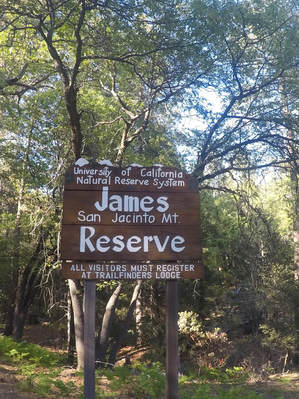 Squirrel gazing 🐿👀on a remote field site like the James Reserve where my work is done 🌲🌻you come across a lot more wildlife than just squirrels! Having the opportunity to watch and sometimes interact with other animals on the reserve has been one of my favorite things about my time in the field. Over the summer we came across birds, snakes, bears, and coyotes! 🐦🐍🐻🐶This post is focused on the incredible non-squirrel critters we had a chance to observe this summer. Here I discuss how they influenced our squirrel gazing and share some amazing up close bear and coyote footage caught by the reserve cameras!!! 🐻🎥🌟 BirdsAt the James Reserve there is an incredible diversity and abundance of birds. We often joke that an alarm clock is not needed when staying at the field station because the hawks, Stellar's jays, and myriad of song birds will let you know when the sun is up. 🐦☀️⏰ The squirrel gazing team 👀🐿 was especially popular amongst birds while we were training squirrels to use our automated feeder. During the learning phase of our experiments we filled the tunnels of the feeder full of sunflower seeds 🌻. This is often called 'free baiting' and is done to habituate squirrels to seeing the feeder as a food source. Free baiting the feeder in this way drew a huge crowd of both squirrels and birds! Here is a male Black-headed Grosbeak (Pheucticus melanocephalus) enjoying a free snack. SnakesSouthern Pacific Rattle Snakes (Crotalus oreganus helleri) 🐍 are a common resident of the James Reserve, one even lives right under the lodge! California ground squirrels are a favorite snack 🐿🍴 of these snakes, so we would often run into these sneaky dudes while trapping squirrels. 'Biggie' and 'Chip' are two Southern Pacific Rattle Snakes that live under a large rock structure right near one of our squirrel colonies. We had to be especially careful to give them their space while working in that colony as the rattle snakes in these mountains in particular have neurotoxic venom that make their bites one of the most dangerous in the world! BearsHistorically, bears 🐻have been a relatively rare occurrence in the San Jacinto Mountains. They made a notable appearance at the James Reserve last year when they tore the screen off an open window, proceeded into the lodge where they made a mess of the kitchen by opening a bag of sugar, all while researchers were sound asleep on the second floor 😴. This year, the two resident black bears (Ursus americanus) 🐻🐻have made there return to the James Reserve. They can be seen almost nightly following a singular path around the lodge checking the storage sheds and bird feeders for food. Here is some video footage of the bears caught by the reserve's night vision cameras! 🐻🌙🎥 CoyotesCoyotes (Canis latrans) are a common site and sound on the mountain. They are often referred to as 'song dogs' 🎶🐶because of the intense call and response howling noises they make to one another during the night. This is thought to be a way to maintain family groups. During my last trip to the Reserve I was staying in a tent ⛺️, around 10pm 🌙🌟, I began hearing coyotes howl in the distance and then all the sudden a howling response came from right outside my tent! It was an incredible experience to be so close to these beautiful animals. Here is a video of two coyotes sent marking the dumpster area of Lake Fulmor right outside the the James Reserve! Thank you to Dan Cooper for your gracious bird ID and Andrea Campanella Assistant Director of the James Reserve for sharing these amazing wildlife videos. This week's squirrel spotlight star 🐿🌟is the eastern fox squirrel! This happens to be my personal favorite squirrel species. I am probably bias because I have spent most of my time as a squirrel gazing student 🐿👀🎓 working with this clever urban dwelling species. I could talk for days about eastern fox squirrels! So, to keep myself on track I have narrowed down what I think are the top 5 coolest facts about fox squirrels*. * Some of these facts apply to other squirrel species as well! Top 5 coolest facts about fox squirrels 😎🐿 1.) Their brains grow to help them remember where they store their nuts! During the time of year fox squirrels need to focus on storing food for the winter they experience neurogenesis (growth of new brain cells called neurons) in the part of the brain involved with memory, the hippocampus. This is thought to assist them in remembering where they stash all their food! 2.) Fox squirrels ankles can turn 180 degrees! This allows them to quickly climb down trees 🌲head first! 3.) Fox squirrels use their heads to weigh nuts still inside their shell! 🌰Referred to by Squirrel Gazers as a "head flick," a squirrel will place an unshelled nut in her mouth and quickly shake her head. This allows her to use momentum to ensure there is something inside the shell worth burying and estimate its weight. 4.) They help plant trees! 🌲The acorns they bury and forget to dig up can grow up to become trees. 5.) Fox squirrels survive in urban environments 🐿🚎🏙. Humans are invading most of the natural land left on earth. Most of the time when humans move into an area animals move out or struggle to survive. Aside from having to avoid traffic 🐿🙅🏻🚗, fox squirrels have made themselves at home among us. These urban tree dwelling cuties may have a lot to teach us about the types of traits that make animals successful living amongst humans. (Jacobs L.F. , 1996); (Preston & Jacobs, 2009) The Squirrel Gazer research project 🐿👀🔎 was on the news over the weekend! We were highlighted on STEAM Sunday 🔬, a weekly news segment that highlights scientists who do unusual things with their STEM educations. Who knew building a squirrel feeding robot 🤖was so unusual? 💁🏻🌰🐿 The goal of the STEAM Sunday segments are to expose a wide audience to all the cool careers that can result from an education grounded in Science, Technology, Engineering, Art, and Math (STEAM) and inspire a new generation of young scientists. Aside from how cool and surreal it was to see all my squirrel friends 🐿💕😊on the silver screen 🌟, I think my favorite part of this entire experience was the opportunity to serve as an example of how possible it is for anyone to become a scientist. I struggled in math and science throughout high school. When I graduated I did not have the grades to study science at the university level. I spent 5 years in community college working my way up from 7th grade level math. You do not have to be a natural at something to be successful in a field. With a lot of dedication and help from others you can build yourself a foundation of knowledge upon which you can springboard yourself to the scientific career of your choice! And hey! In the end all that time and effort was worth it! Did I mention I spend all day with squirrels now? 🐿 STEAM Sunday: Squirrel Gazer Full Video Below:It may have taken humans a long time to discover the benefits of reusable grocery bags, but California ground squirrels have known them for a long time. Cheek pouches are the ultimate reusable bag conveniently and permanently attached to a ground squirrel's body and a lot of other mammal species for that matter (fun fact: platypuses have cheek pouches!). Cheek pouches allow these squirrels to collect more food while foraging than would be possible to eat or carry at one time. Without the limitation of only being able to carry what could fit in their mouths, ground squirrels can load up on food and take it to a safe location to eat or store. There is a common misunderstanding that animals with cheek pouches are storing their bounty inside their mouths. In fact, a cheek pouch is a pocket like skin tube located between the cheek and the jaw. The opening of the pouch begins at the mouth and can sometimes almost span the length of an animals entire body! Specialized muscles help the animals empty their cheek pouches when they are ready to relocate their newly collected food. If you have a few hours to fall down a YouTube rabbit hole, I defiantly suggest watching videos of and animals emptying their cheek pouches. It is so cool! (Example: https://m.youtube.com/watch?v=7Jyr-XFz-Ck) Last week at the James Reserve I set out to find California ground squirrels' favorite food 🌰🌻🍕. Understanding what types of nuts and seeds they prefer will help me decide what to use in my automated feeder when my decision making experiment begins 🔎. To do this I placed out a tray of 5 different nuts and seed choices and counted which the squirrels took the most. To learn more about the food preference test I use, take a look at my blog post from August. When running these tests I set up motion sensing cameras 🎥 around the tray to ensure it is in fact squirrels taking the food. This led to an up close and personal view of California ground squirrels filling their cheek pouches with goodies! Be sure to check out the slow motion footage below! |
Proudly powered by Weebly

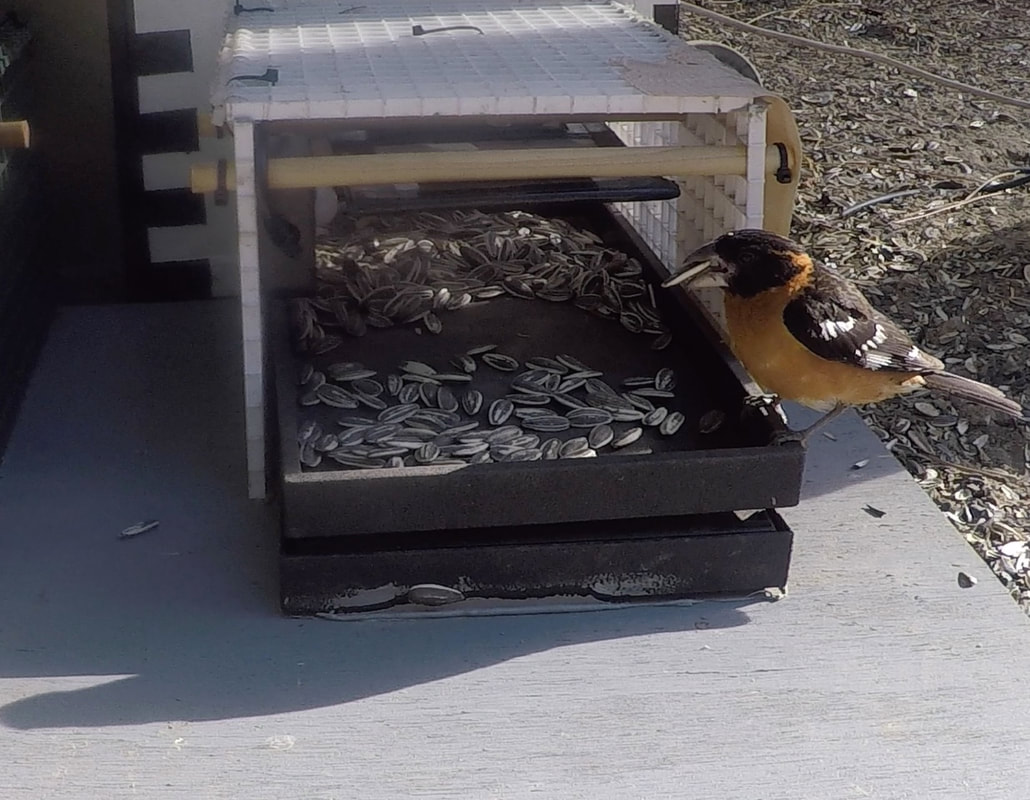
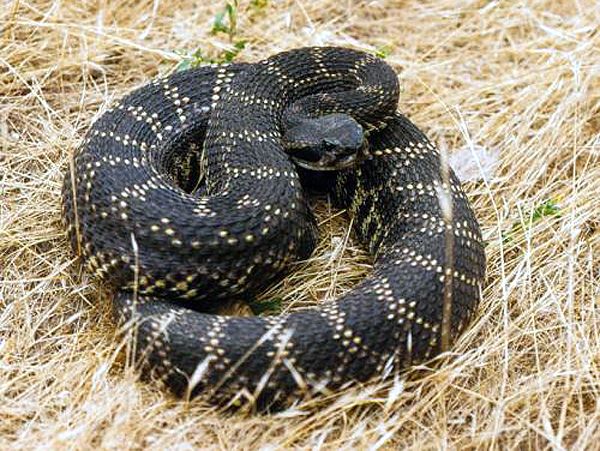


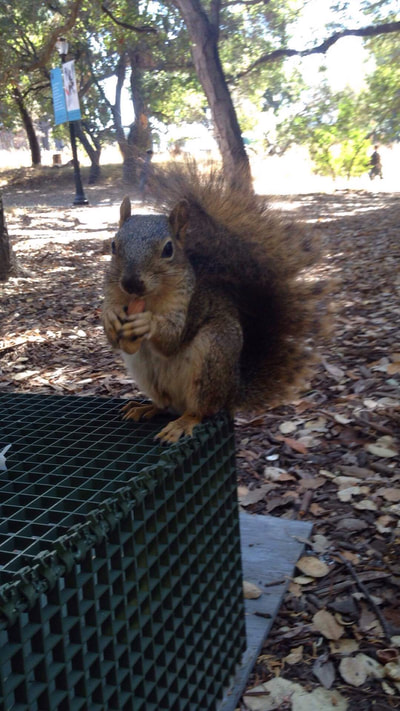


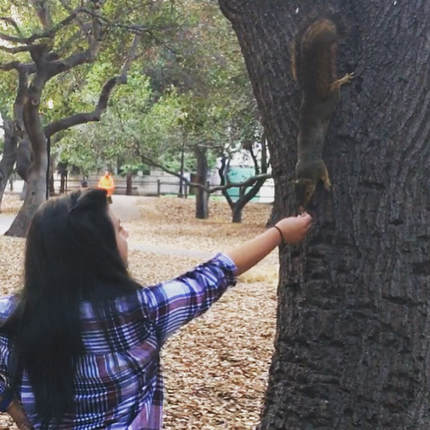
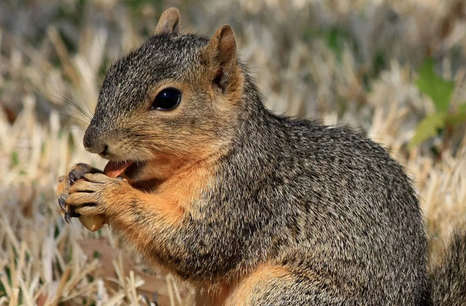
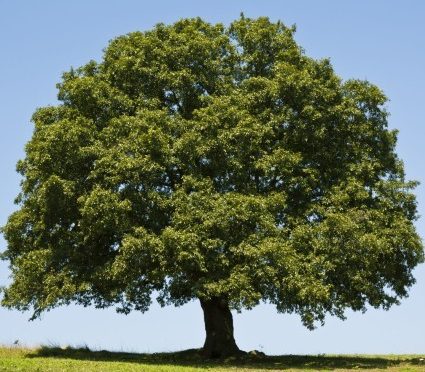
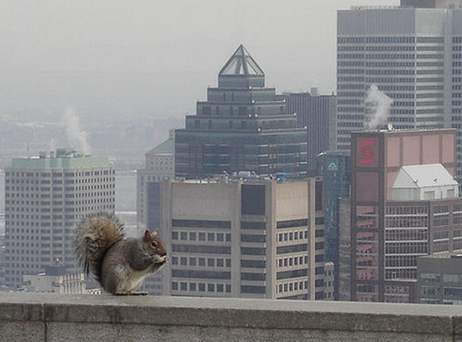
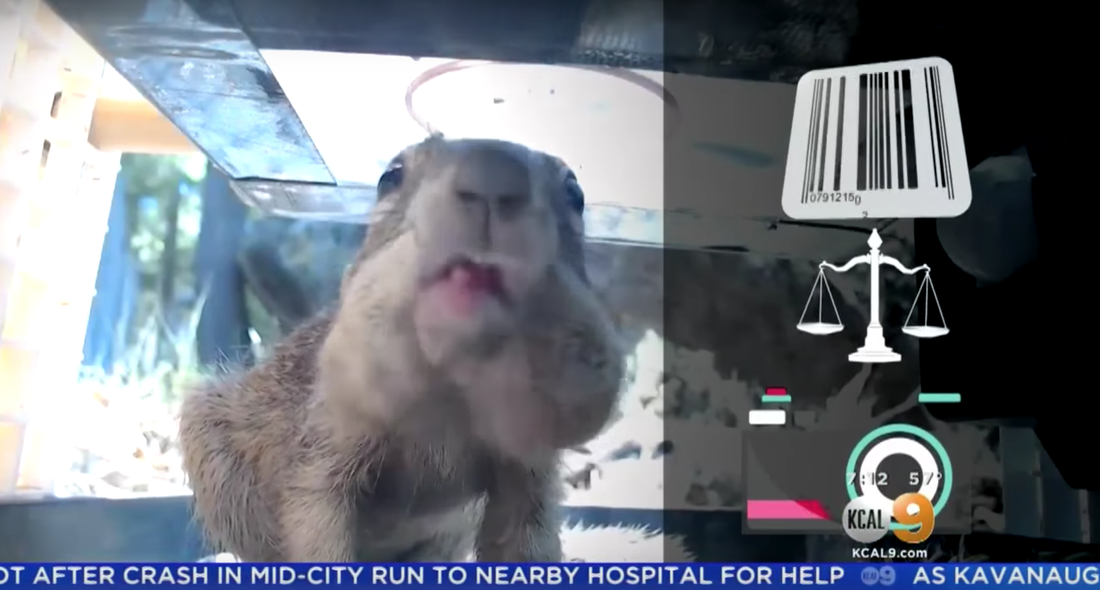

 RSS Feed
RSS Feed